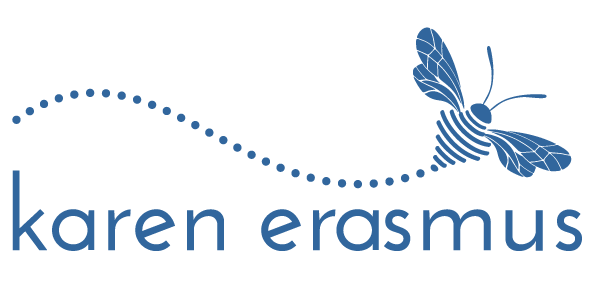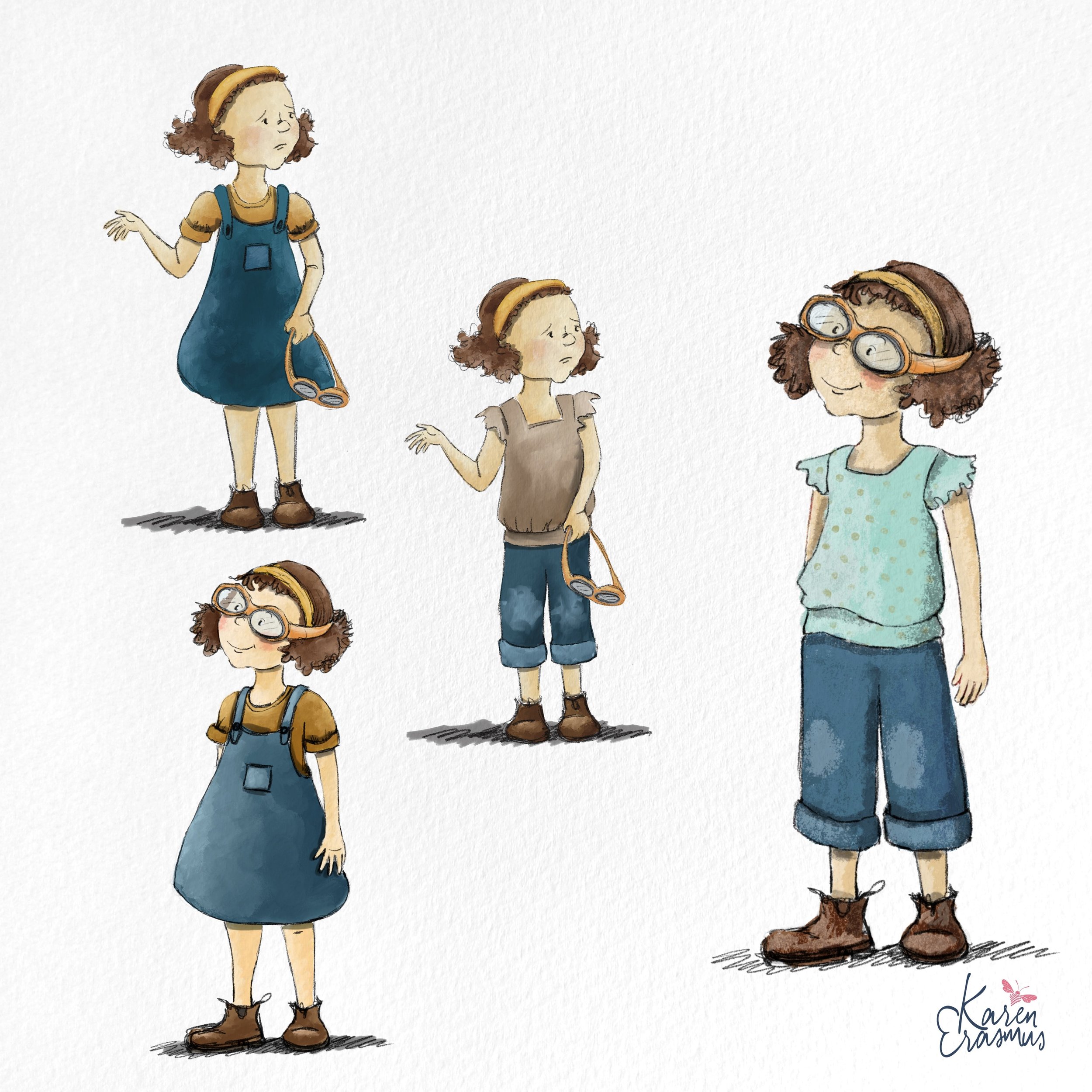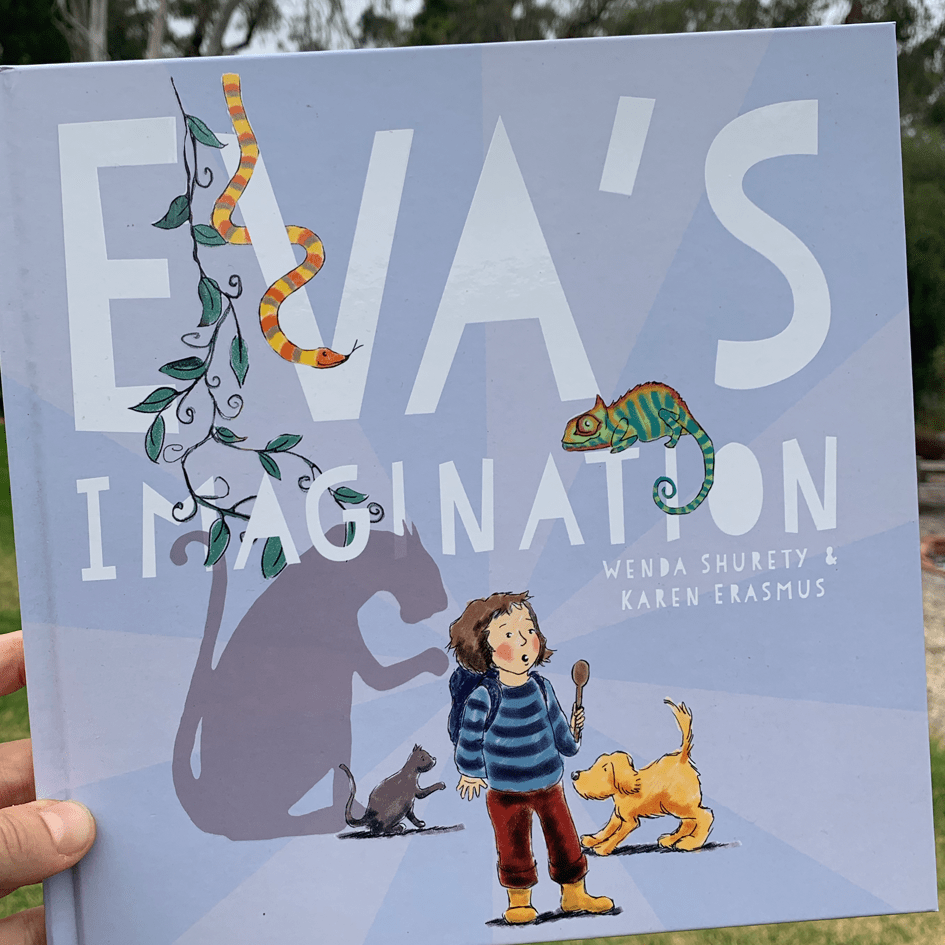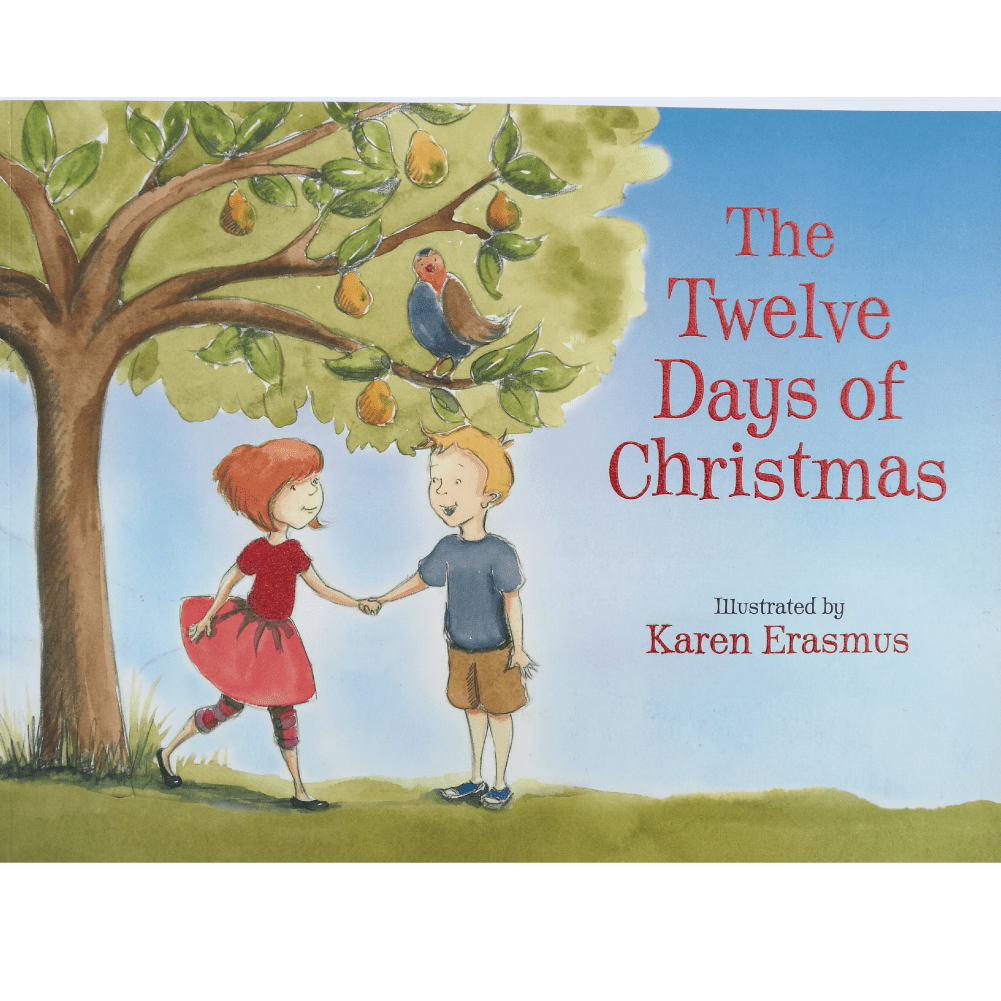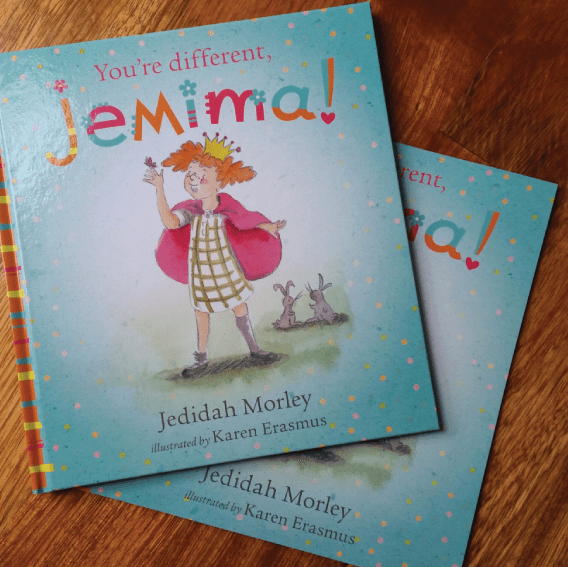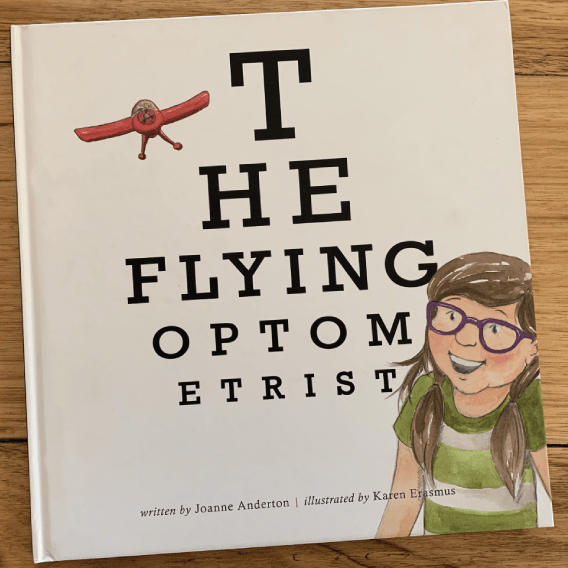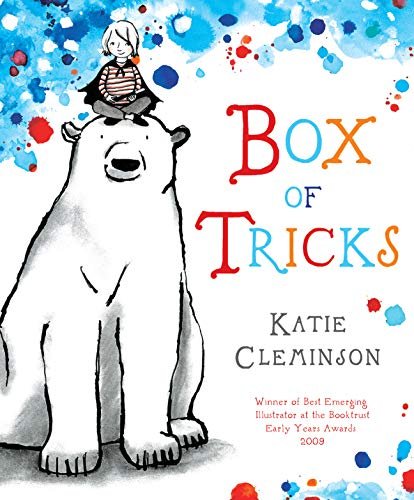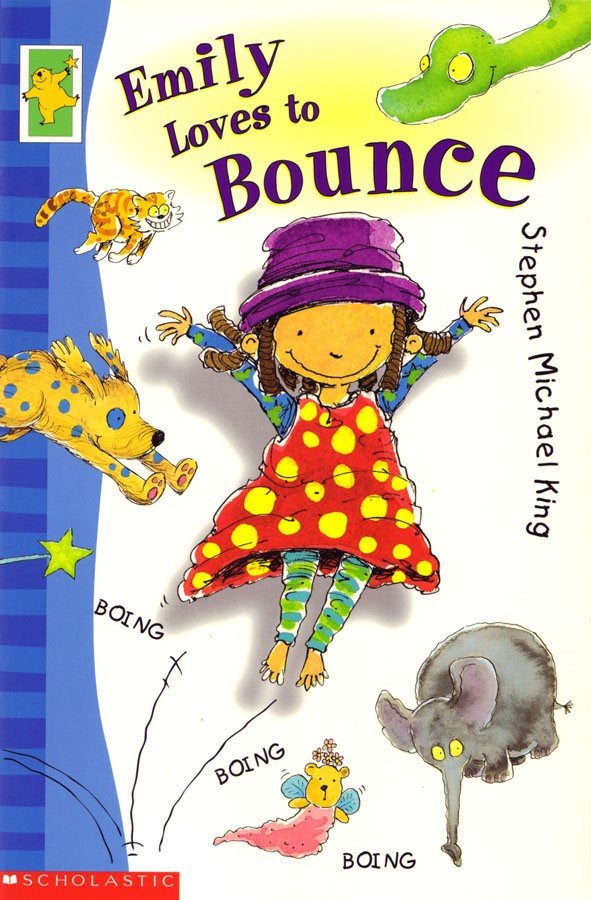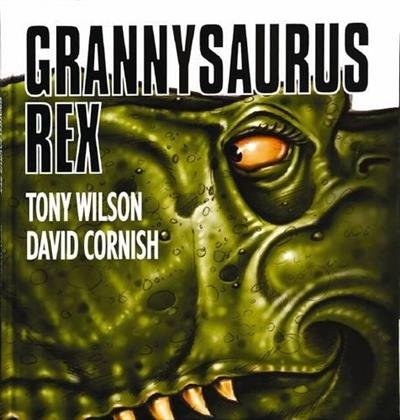Central Character Energy
You’ve got the brief, what now?
As an illustrator, it's wonderful to get a new manuscript or brief because now the fun starts. You have to create a little world that will be opened up and pawed over. Hopefully over and over again. The characters need to be engaging and captivating so your little reader wants to follow along with them through their story. So, there are a few decisions to make. The style, medium, settings and colour palette.
So where do you start?
I like to start by scribbling down the first ideas I have for the central character. 90% of the time in picture books the central character is introduced on the first page, and possibly features on almost every page from then on. There may be two central characters or a sidekick. The important thing is that you ‘get to know’ your characters. Here's an example of a character evolved through costume change, colour change and adding textures.
Inspiration Searching
Little girls feature heavily in most of the books I’ve illustrated. It’s easy to find ideas for visual elements, but the text tells you what the character will be doing so that’s a good starting point. In ‘Eva’s Imagination’ she was going on an adventure with her little dog. So I wanted her style to be quite 'everyday' and practical.
In ‘The Flying Optometrist’ the setting is an outback town. It’s hot and dusty and Emily needs to wear a hat and glasses. So the hairstyle needed to be straight. In ‘Twelve Days of Christmas’ I knew there would be a lot of other children featured throughout the book, so the little girl had to stand out and look like she was festive or going to a party. From my books, my favourite character is Jemima in ‘You’re Different Jemima’. The story has a school setting but I knew Jemima had to look a bit wild and out of place. That was how I felt most days at school so I went with wild curly hair.
Costume Prompts
It’s delightful when the character has a costume device that fits the story. In ‘Box of Tricks’ Katie Cleminson gives the central character a cape and wand and her whole world becomes magical.
In ‘Emily Loves to Bounce’ by Stephen Michael King, the central character’s outfit is frankly bonkers, which fits perfectly with the mad energy of the book.
Cute Devices
Costume devices help to highlight character features and story elements. The book I’m working on next has a sewing theme, so I’m looking forward to including some fun costume devices for the characters. These are not necessarily part of the story but they give the character some extra cute appeal. Here are a couple of my favourites from other illustrators.
‘Lulu and the Flying Babies’ is an old book. I noticed that my copy has my old name inside it and I’ve been married for 22 years! I love the English Winter scenes, but what I love most is Lulu’s gloves on a string through the arms of her puffy red coat.
In ‘Grannysaurus Rex’ illustrated by David Cornish the little boy character is in costume and never shows his face. It adds brilliantly to the ‘imaginative worlds’ theme of the book.
So, what next?
Creating the central character is a great way to get the ball rolling. Next, you need to consider the world they inhabit. Once you’ve spent some time getting to know them through scribbling their features and costume you can move on to thinking about the concept of the book and the settings. That is another task entirely. But you’ve already started.
